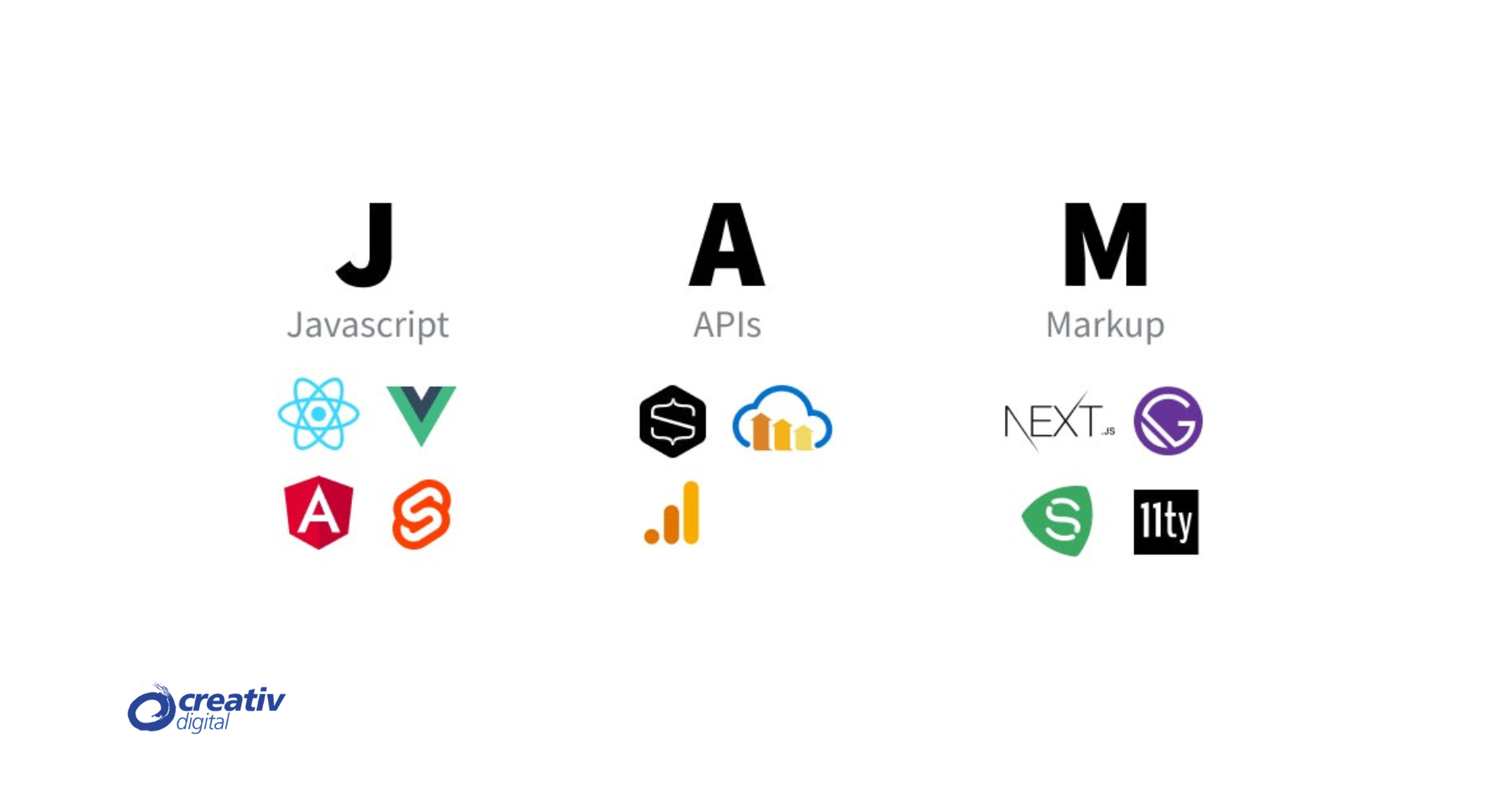The landscape of web applications is constantly evolving, driven by technological advancements, user expectations, and industry innovations. As we look ahead, several emerging trends and technologies are poised to reshape the future of web applications, offering new opportunities for developers, businesses, and users alike.
Future Trends Do You See in Web Applications
Here are some of the most exciting and transformative trends expected to define the future of web applications.
Progressive Web Apps (PWAs)
Progressive Web Apps (PWAs) have gained traction as a bridge between traditional web applications and native mobile apps. PWAs offer a native app-like experience through a web browser, with features like offline access, push notifications, and improved performance. Their ability to work seamlessly across different devices and platforms makes them a compelling choice for businesses looking to reach a broader audience. As PWAs continue to evolve, we can expect advancements in their capabilities, making them an increasingly viable alternative to native applications.
Artificial Intelligence (AI) and Machine Learning (ML) Integration
AI and ML are becoming integral components of web applications, enhancing functionality and user experience. AI and ML technologies are revolutionizing how web applications interact with users, from chatbots and virtual assistants to personalized content recommendations and predictive analytics. Future web applications will leverage these technologies to provide intuitive, data-driven experiences, automate routine tasks, and offer intelligent insights. As AI and ML algorithms become more sophisticated, their integration into web applications will drive significant advancements in automation and personalization.
Serverless Architecture
Serverless architecture, also known as Function-as-a-Service (FaaS), is gaining popularity as a way to build and deploy web applications without managing server infrastructure. In a serverless model, developers focus solely on writing code while the cloud provider handles server provisioning, scaling, and maintenance. This approach allows for greater scalability, reduced operational costs, and faster deployment. As serverless technologies mature, they will enable developers to build more agile and cost-effective web applications, freeing them from the complexities of traditional server management.
WebAssembly (Wasm)
WebAssembly (Wasm) is an emerging technology that allows developers to run code written in languages like C, C++, and Rust directly in the browser with near-native performance. By compiling code into a binary format that web browsers can execute efficiently, Wasm opens up new possibilities for performance-intensive applications, such as gaming, video editing, and data visualization. As Wasm adoption grows, we expect to see more complex and high-performance applications running seamlessly within the web environment.
Enhanced Security and Privacy Measures
As cyber threats become more sophisticated, web applications must prioritize security and privacy. Future trends in web application development will focus on advanced security measures, such as end-to-end encryption, decentralized identity systems, and zero-trust security models. Privacy regulations, such as the General Data Protection Regulation (GDPR) and the California Consumer Privacy Act (CCPA), will continue to influence how web applications handle user data. Developers must implement robust security practices and ensure compliance with evolving privacy standards to protect users and maintain trust.
Voice User Interfaces (VUIs)
Voice User Interfaces (VUIs) are becoming increasingly prevalent as voice-activated devices and virtual assistants gain popularity. Integrating voice commands and interactions into web applications can enhance accessibility and provide a more natural way for users to interact with digital content. As voice recognition technology improves, web applications incorporate VUIs to enable hands-free navigation, search, and control. The rise of voice interfaces will reshape how users engage with web applications, making them more intuitive and accessible.
Augmented Reality (AR) and Virtual Reality (VR)
Augmented Reality (AR) and Virtual Reality (VR) are expanding beyond gaming and entertainment into web applications. AR enhances the real-world environment with digital overlays, while VR creates immersive, simulated environments. Both technologies offer unique opportunities for web applications, such as virtual product demonstrations, interactive training experiences, and immersive storytelling. As AR and VR technologies become more mainstream, web applications will leverage these tools to create engaging and interactive experiences that captivate users and enhance their interaction with digital content.
Blockchain and Decentralized Applications (DApps)
Blockchain technology and decentralized applications (DApps) transform how data is managed and transactions are conducted. Blockchain enables decentralized systems to operate without a central authority by providing a secure, transparent, and immutable ledger. Web applications utilizing blockchain technology can offer enhanced security, transparency, and trust, particularly in financial transactions, supply chain management, and identity verification. As blockchain and DApps gain traction, they will drive innovation in how web applications handle data and interactions.
5G ConnectivityConnectivity
The rollout of 5G networks is set to revolutionize web applications by providing faster internet speeds, lower latency, and increased bandwidth. This enhanced ConnectivityConnectivity will enable real-time interactions, high-definition streaming, and more responsive web applications. Web applications that leverage 5G technology will benefit from improved performance, reduced loading times, and the ability to handle more complex and data-intensive tasks. As 5G becomes more widespread, it will unlock new possibilities for web applications, particularly in areas such as IoT (Internet of Things), live streaming, and augmented reality.
Adaptive and Responsive Design
The need for adaptive and responsive design will continue growing as users access web applications across various devices and screen sizes. Future web applications will focus on creating seamless experiences that adapt to different devices, orientations, and resolutions. This includes implementing flexible layouts, scalable images, and dynamic content adjustments to ensure optimal usability and performance. Adaptive and responsive design will be crucial for delivering consistent and user-friendly experiences as the variety of devices and screen sizes expands.
Conclusion
The future of web applications is brimming with exciting possibilities, driven by technological advancements and evolving user expectations. From the rise of Progressive Web Apps and AI integration to the impact of 5G and blockchain, these trends are set to shape how web applications are developed, deployed, and experienced. By staying informed about these emerging trends and embracing innovation, developers and businesses can harness the full potential of web applications to create impactful, user-centric solutions that meet the demands of the digital age.



